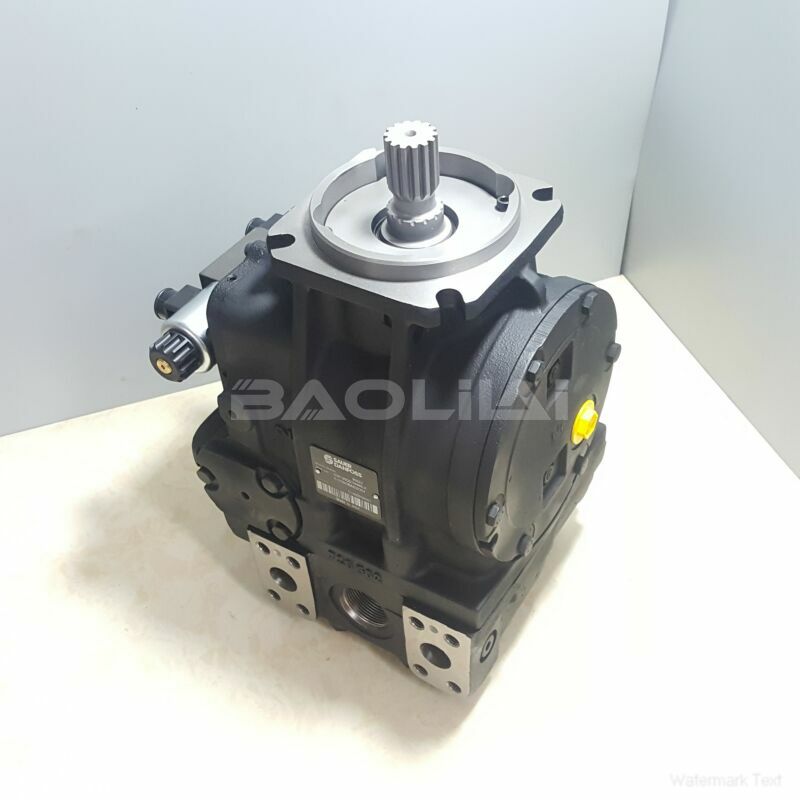90L250KA5CD80T4F1J05NNN383824 hydraulic pump
90L250KA5CD80T4F1J05NNN383824 hydraulic pump

- Product Details
- Applicable Scene
Flood irrigation is one of the oldest agricultural practices, widely utilized in various regions around the world to ensure crops receive adequate water. In large farmlands, maintaining efficient irrigation systems is vital for crop yields and overall agricultural productivity. One crucial element in flood irrigation systems is the hydraulic oil pump, which plays a significant role in managing water resources effectively. This article explores the importance, functionality, and advantages of hydraulic oil pumps in flood irrigation systems for extensive farming operations.
90L250-KA-5-CD-80-T-4-F1-J-05-NNN-38-38-24
90L250KA5CD80T4F1J05NNN383824
Hydraulic oil pumps are mechanical devices that convert mechanical energy into hydraulic energy, facilitating the movement of water. These pumps are particularly effective in flood irrigation systems, where large volumes of water need to be distributed over vast areas. Unlike conventional electric pumps, hydraulic pumps use oil to transfer power, making them suitable for remote locations where electricity might not be readily available. Their robust design and efficient performance make them ideal for the demands of large farmland irrigation.

9920137
One of the primary advantages of hydraulic oil pumps is their high efficiency and reliability. They can operate effectively even under harsh conditions, which is essential for large-scale farming operations that often encounter variable weather patterns. Hydraulic pumps can also handle thicker fluids, which can be beneficial in areas with high sediment loads or where water quality is less than ideal. This capability reduces maintenance needs and downtime, ensuring that irrigation can occur as scheduled.
Additionally, hydraulic oil pumps can be easily integrated into existing irrigation systems, allowing farmers to upgrade their infrastructure without significant investment. Modern hydraulic pumps come with advanced features such as variable speed controls and automated systems that enhance their functionality. These features enable better water management by adjusting flow rates based on weather patterns and crop needs, thereby optimizing water usage.





